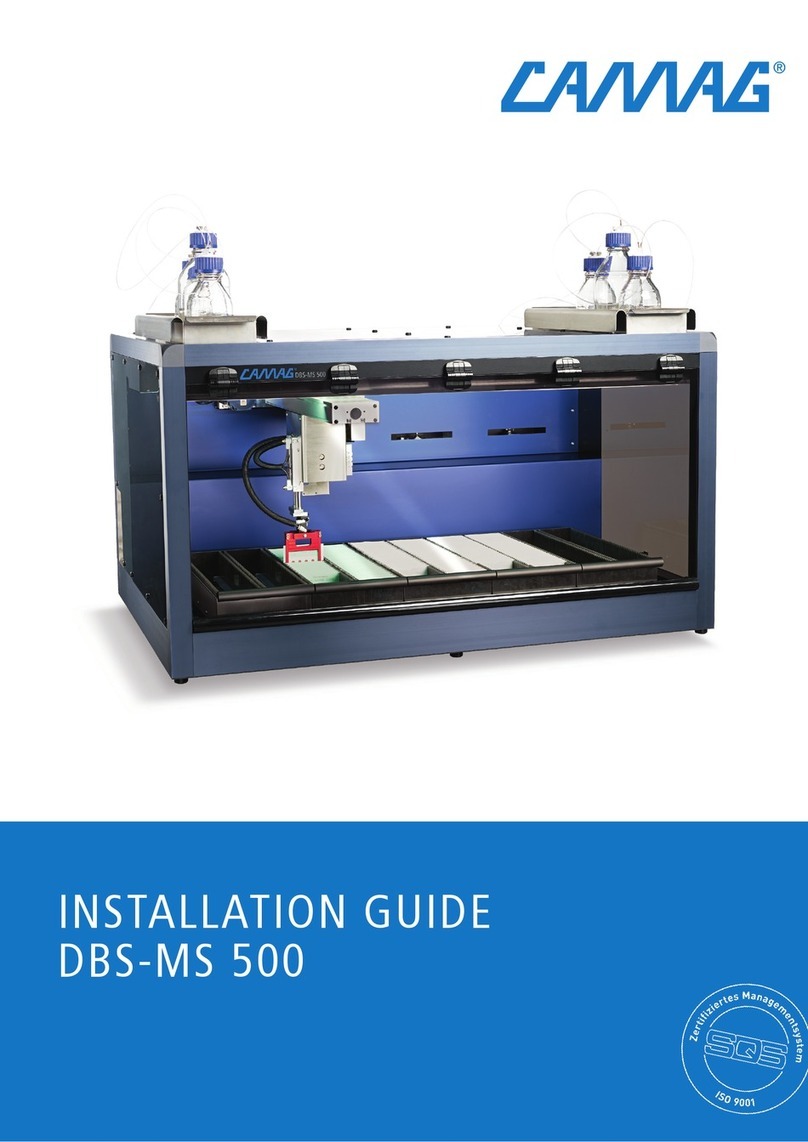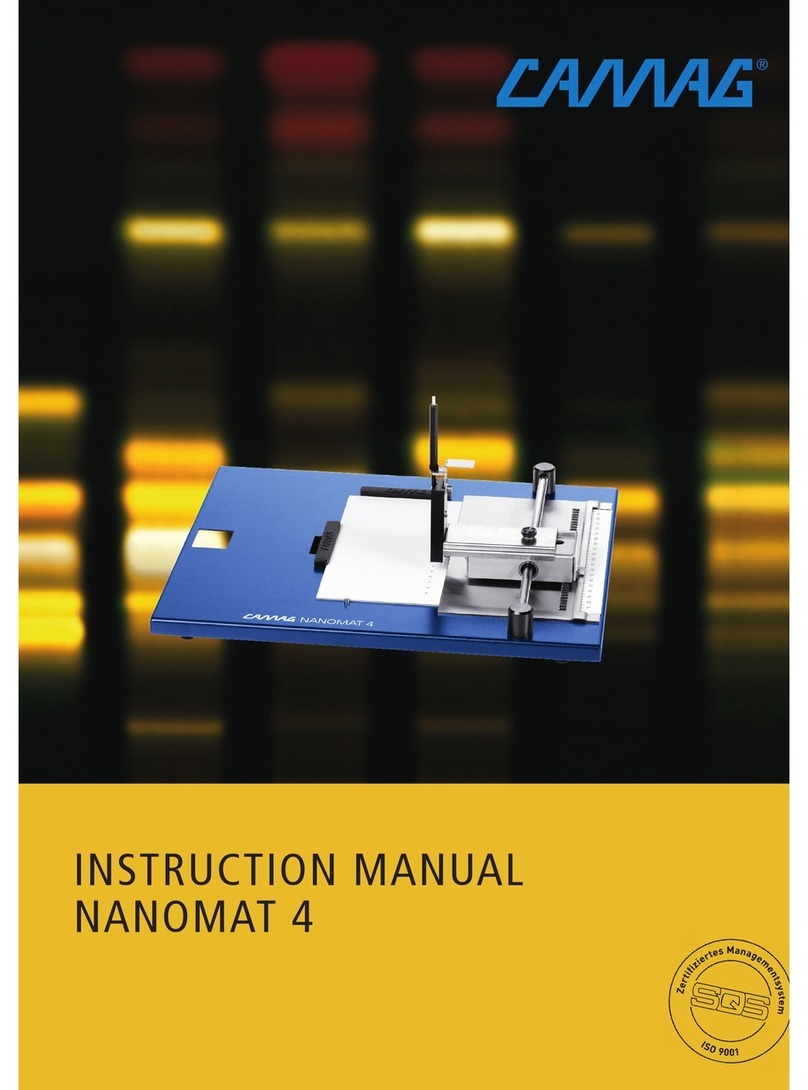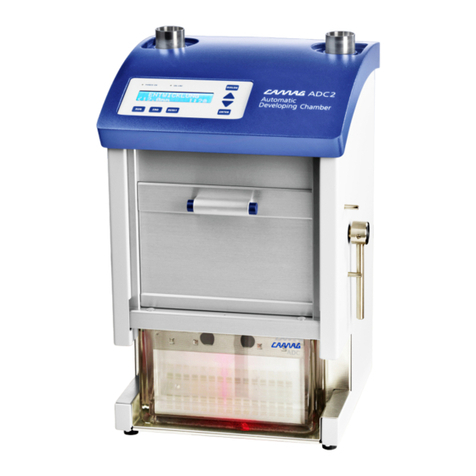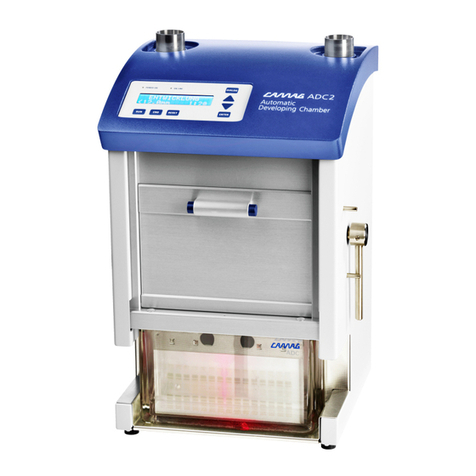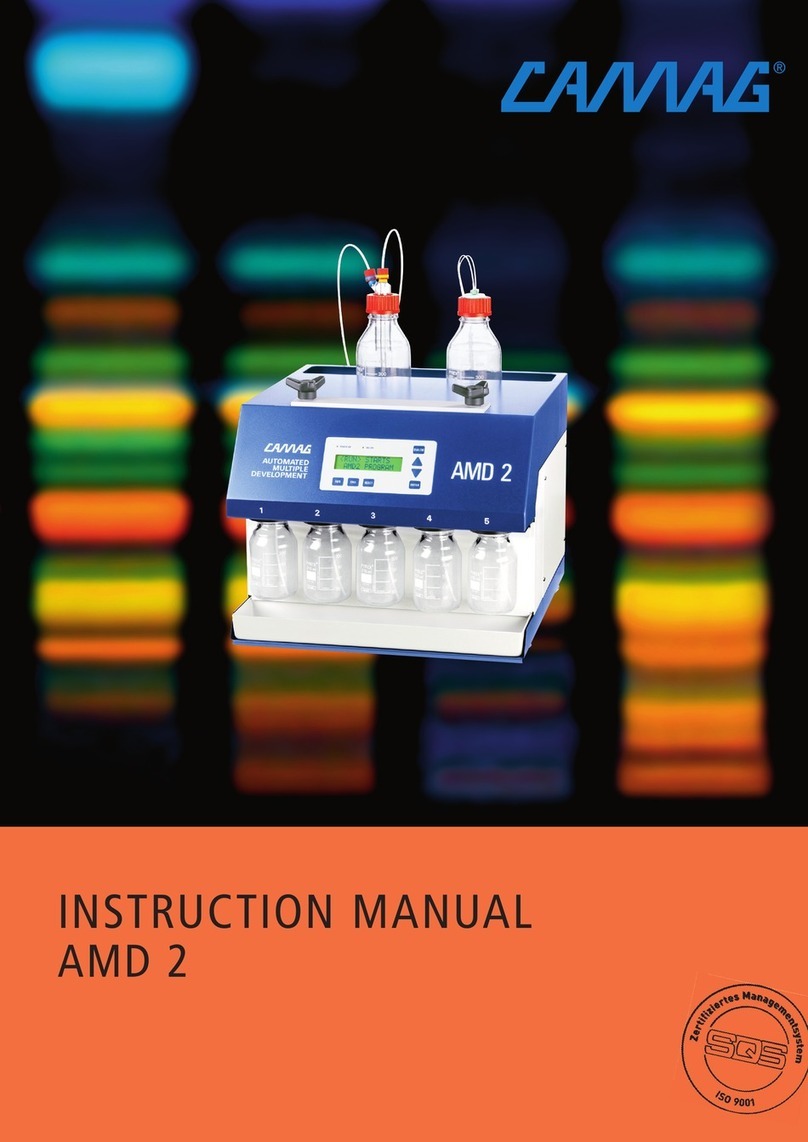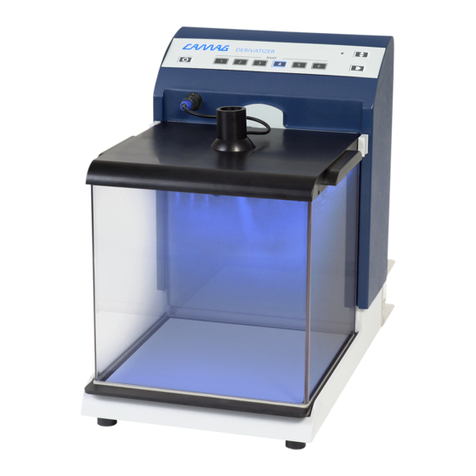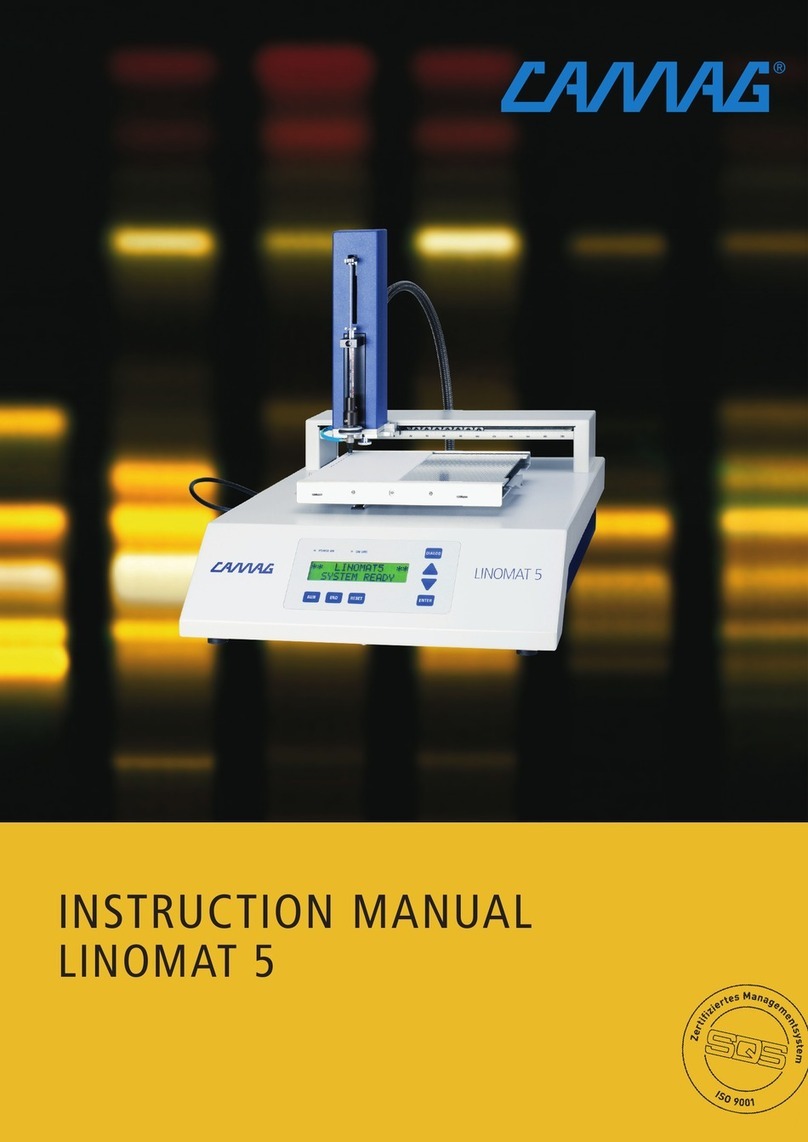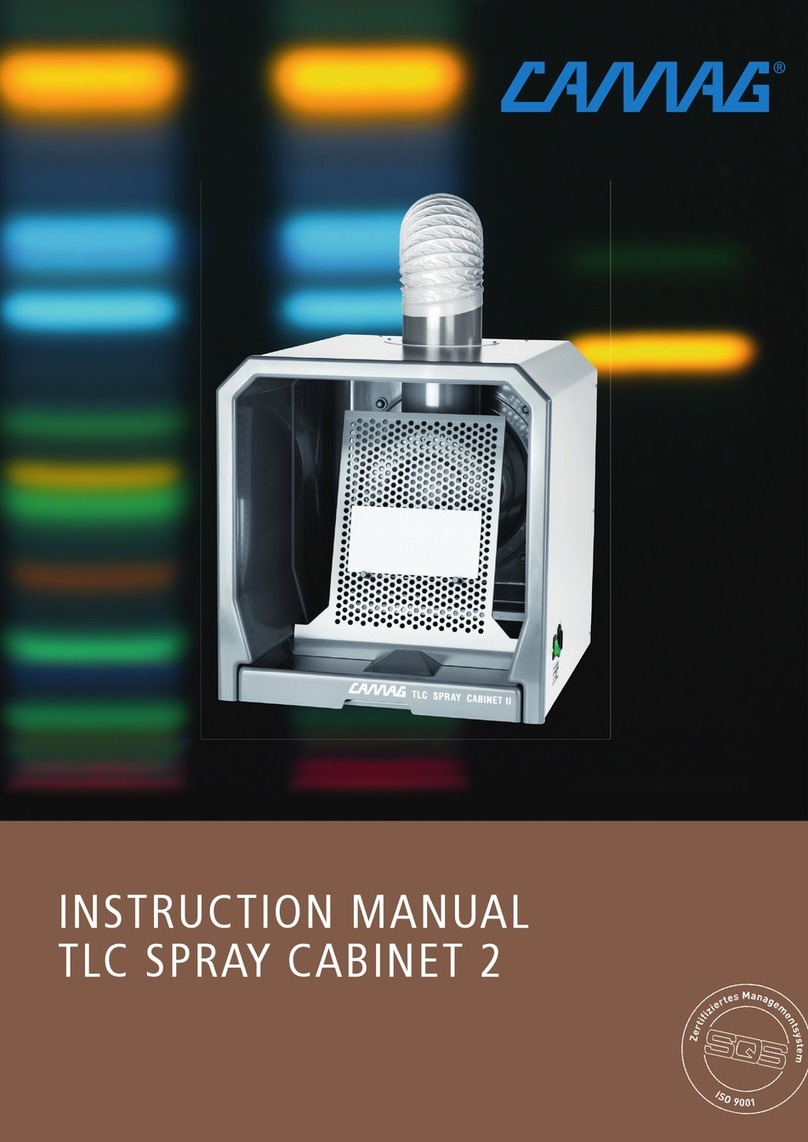
Content
1Introduction................................................................................................................................................... 2
1.1 Precaution............................................................................................................................................... 2
1.2 Parts supplied.......................................................................................................................................... 3
2Unpacking/Installation.................................................................................................................................. 4
2.1 Unpacking............................................................................................................................................... 4
2.2 Installation environment .......................................................................................................................... 4
2.3 Installation .............................................................................................................................................. 4
2.4 Connection of the valve........................................................................................................................... 5
3Getting started .............................................................................................................................................. 6
3.1 Intended use ........................................................................................................................................... 6
3.2 Instrument .............................................................................................................................................. 6
3.3 Functional principle ................................................................................................................................. 7
3.4 Elution process ........................................................................................................................................ 9
3.5 Operation advice ................................................................................................................................... 10
4Maintenance and Service............................................................................................................................ 10
4.1 Cleaning................................................................................................................................................ 10
4.2 Decontamination................................................................................................................................... 10
4.3 User maintenance.................................................................................................................................. 11
4.4 Maintenance Data Sheet ....................................................................................................................... 11
4.5 Replacing of elution head ...................................................................................................................... 12
5Technical data.............................................................................................................................................. 12
6Application hints ......................................................................................................................................... 13
6.1 Practical procedure for elution ............................................................................................................... 13
6.2 Fittings .................................................................................................................................................. 15
6.3 Dead volumes ....................................................................................................................................... 17
6.4 System leaks.......................................................................................................................................... 18
Telltale signs of system leaks .......................................................................................................................... 18
6.5 Application example.............................................................................................................................. 19
Sample: diclofenac in methanol at a concentration of 0.113 mg/mL ............................................................... 19
Separation of Caffeine, Paracetamol, Acetylsalicylic Acid................................................................................. 20
Results ........................................................................................................................................................... 22
EC Declaration of Conformity
